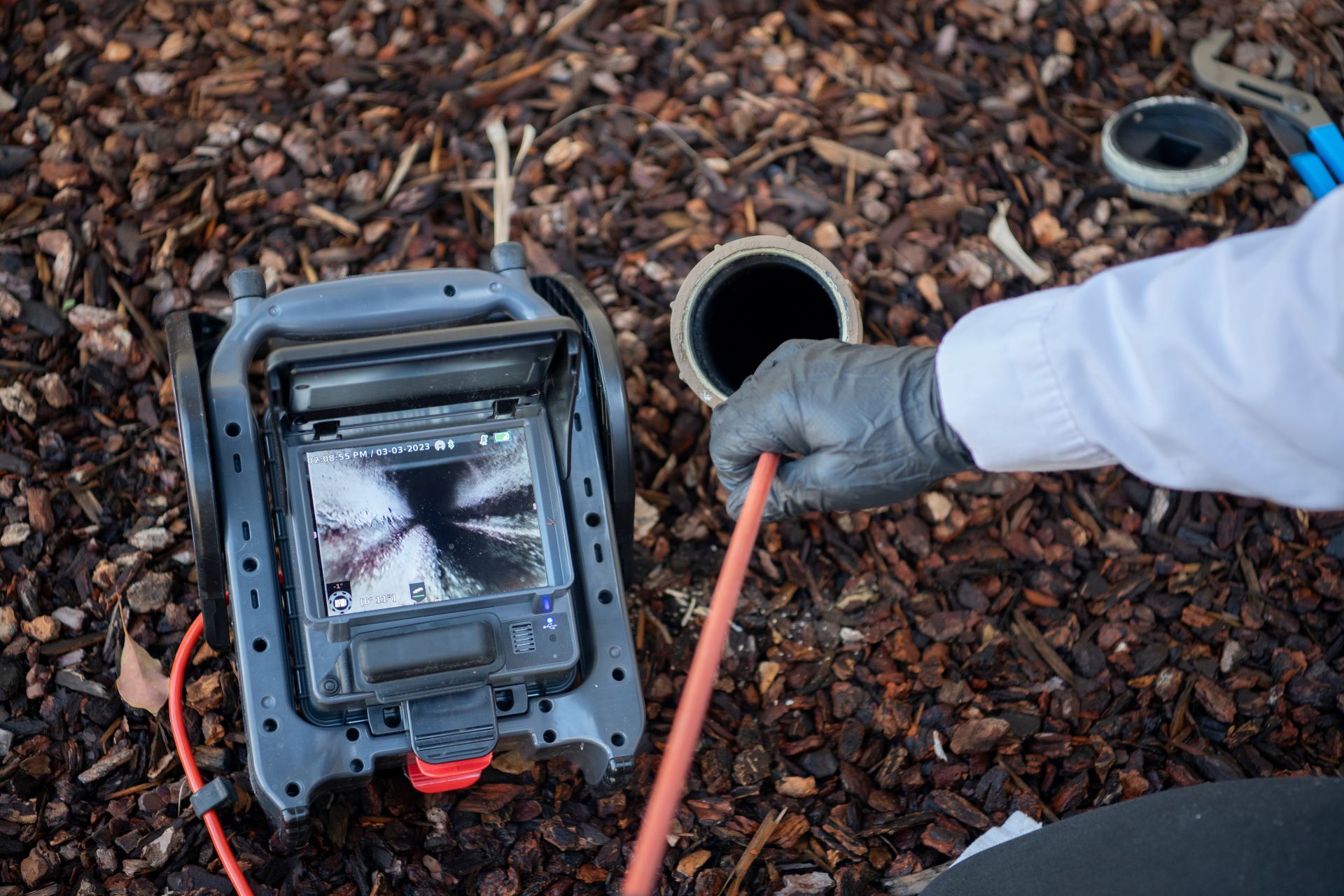How to Identify Termite Activity? Signs of Termites
Termites are tiny bugs that can cause big problems. They love to eat wood and can damage homes without anyone noticing right away. That's why it’s important to know the signs of termites and catch them early. If you think you may have a termite infestation, this guide will help you understand what to look for and how a termite inspection can help protect your home.
Let’s take a closer look at how to spot termite activity before it’s too late.
Why Worry About Termites?
Termites are sometimes called “silent destroyers.” That’s because they can chew through wood, flooring, and even wallpaper without being seen. Over time, they can weaken your home’s structure and cause thousands of dollars in damage.
The good news? You can stop them early with a termite inspection and termite control plan. First, you need to know the signs.
Common Signs of Termites
Here are the top signs of termite activity you should watch out for:
1. Mud Tube
Mud tubes are thin, tunnel-like lines made of dirt. Termites build these tubes to protect themselves while they move from the soil into your home. You’ll often find them along foundation walls, pipes, or crawl spaces. If you spot mud tubes, it’s a strong sign of a termite infestation.
2. Hollow-Sounding Wood
Termites eat wood from the inside out, so your walls or furniture may look normal but sound hollow when you tap on them. Knock gently on wooden beams, floors, or furniture. If it sounds hollow or breaks easily, termites could be the reason.
3. Discarded Wings
Flying termites, also called swarmers, shed their wings once they find a place to start a new colony. If you see piles of small, clear wings near windowsills, doors, or light fixtures, that’s a sign termites have already started moving in.
4. Swarming Insects
In spring or after rain, you may notice flying termites swarming around lights or windows. This usually means a termite colony is nearby. These flying termites are looking for a new place to build their home—and your house might be their target.
5. Cracked or Bubbling Paint
Paint that looks cracked, bubbling, or peeling could be a warning sign. This happens when moisture from termite activity gets trapped under the paint. While water damage can also cause these signs, it’s best to have it checked out just in case.
6. Tight-Fitting Doors or Windows
Are your doors or windows suddenly hard to open? Termite damage can cause wood to warp, making doors and windows stick. Many people think it’s just the humidity—but termites could be the real problem.
7. Droppings (Frass)
Drywood termites leave behind small, pellet-like droppings called frass. These droppings are usually found near where the termites are feeding. If you see tiny piles of what looks like sawdust, it could be a clue.
Where to Look for Termite Activity
Termites love dark, moist areas. Some of the best places to check for signs of termites include:
- Basements and crawl spaces – Termites often enter homes from the ground.
- Attics and roof spaces – Drywood termites may settle in higher areas.
- Around wooden furniture – Termites don’t just stay in walls; they can chew through bookshelves, tables, and more.
- Behind walls – Termites are sneaky and can live behind drywall without being noticed.
- Near plumbing leaks – Termites need moisture to survive, so water-damaged wood attracts them.
If you're unsure where to look or what you're seeing, hiring a professional for a termite inspection is a smart idea.
Termite Species and Their Signs
Different kinds of termites leave different signs. Here's how they compare:
Subterranean Termites
- Live underground or in moist areas
- Build mud tubes
- Cause the most damage in the U.S.
Drywood Termites
- Live inside wood, not soil
- Leave behind frass (droppings)
- Often found in attics or furniture
Dampwood Termites
- Prefer wet or decaying wood
- Rare in homes with proper moisture control
- Usually a sign of a water leak or poor drainage
Knowing which type of termite you’re dealing with helps choose the right termite control method.
How to Confirm a Termite Infestation
Some signs of termites can be confused with other pests or normal wear and tear. To be sure, you’ll need a professional termite inspection. Here’s what a termite expert will do:
- Check your home inside and out – From the basement to the roof
- Look for mud tubes, wings, and frass
- Tap on wood to check for hollowness
- Use special tools – Like moisture meters and thermal imaging cameras
- Give you a full report – With pictures and next steps
A regular termite inspection can catch a problem early before it turns into serious damage.
How to Prevent Termite Problems
It’s always easier to prevent termites than to deal with a full-blown infestation. Here are simple ways to keep termites away from your home:
- Fix leaks quickly – Termites love moisture.
- Keep gutters clean – Water buildup near your home can attract termites.
- Store firewood away from the house – Wood piles are a termite’s dream.
- Seal cracks in your foundation – Block entry points.
- Use treated wood – Especially for decks, fences, or sheds.
- Schedule yearly inspections – Even if you don’t see signs, it’s worth it.
What to Do If You Have Termites
If you spot any signs of termites, don’t wait. Call a professional right away for a termite inspection. Termites can cause damage fast, and DIY solutions often miss the root of the problem.
Once an inspection confirms the issue, you’ll get a custom termite control plan. This may include:
- Liquid treatments – To create a barrier around your home
- Bait systems – To kill termites at the source
- Wood treatments – To protect vulnerable areas
- Follow-up visits – To make sure the termites are truly gone
Final Thoughts
Termites can be a scary problem, but you don’t have to face them alone. Knowing the signs of termites—like mud tubes, discarded wings, and hollow-sounding wood—can help you catch an infestation early. A professional termite inspection is the best way to confirm the problem and find the right termite control solution.
Don’t ignore the signs—your home depends on it.
Worried about termites? Contact
Guardian Angel Inspections today for a professional termite inspection you can trust.
Disclaimer: The information on this website and blog is for general informational purposes only and is not professional advice. We make no guarantees of accuracy or completeness. We disclaim all liability for errors, omissions, or reliance on this content. Always consult a qualified professional for specific guidance.
Share this entry







